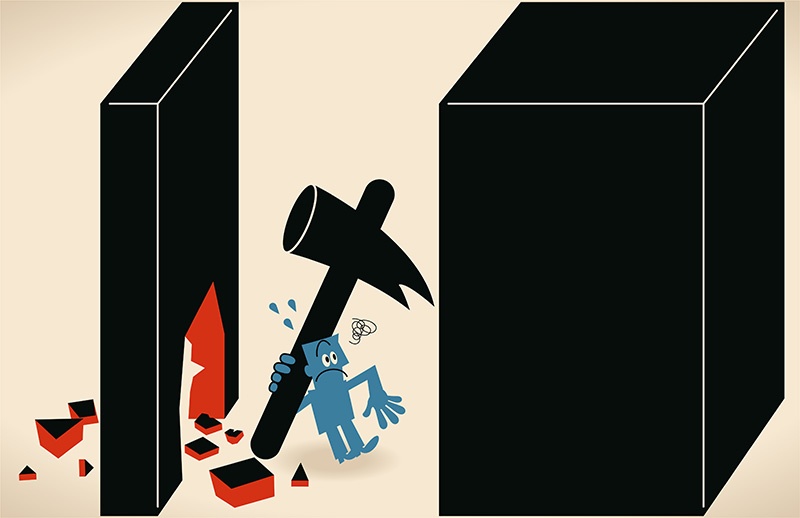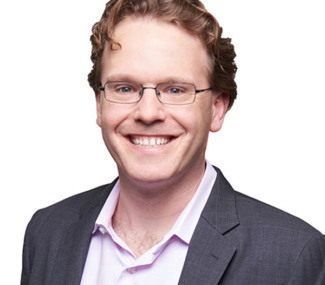Change Fatigue is Inevitable. Here’s What To Do About It.

Government and business organizations are in a state of continual reinvention and flux. In fact, remaining Future Proof® in this era of rapid, constant innovation requires keeping your organization agile enough to adapt almost constantly to a shifting environment. And while change may be driven by the market or other outside factors, its execution—and its success or failure—ultimately depends on the abilities and commitment of the human beings within the organization. This constant change can be draining for the people across your organization, leading to change fatigue. It is your responsibility as a leader to keep them energized and moving forward. But how?
It’s Impossible to Avoid Change Fatigue
As exciting and vibrant as it is, change is difficult. Effective operations require strategy, process, and structure, but, at its core, it’s about people. Leadership in an environment of ongoing transformation requires perspective, imagination, and inclusiveness because, for every decision, there is a person and a culture impacted.
Combatting change fatigue means celebrating quick wins. Every. Day.
If you are not preparing your organization for change every day, you are missing your first opportunity to combat change fatigue. In the past, an organizational transformation was a moment—an event with a beginning and an end.
In his 1996 best-selling book Leading Change, John Kotter emphasized the importance of “quick wins” to build momentum within teams. But the world has changed dramatically in the intervening 27 years. The pace of change has accelerated tremendously, such that successful organizations are always in a state of change. The constancy of innovation and the definition of momentum have turned quick wins into an everyday pursuit. That can be a real source of change fatigue. The issue is all the more real because today’s organizations are predominantly comprised of a multi-generational workforce that does not necessarily respond to the opportunities and challenges of transformation in a cohesive manner.
Three Key Best Practices for Fighting Change Fatigue
Successful leaders are future-focused. The market is always changing, and the competition is always innovating. To keep up, people have to do their job while participating and keeping up with a future that seems to be in constant flux. Fatigue is inevitable. As a leader, it’s your responsibility to remain attuned to the mood of the organization and to find ways to communicate and support the individuals who keep the organization moving forward.
Throughout my career, I have spent a lot of time working closely with organizations to help them successfully navigate change. At Toffler Associates, we have identified three key best practices that mitigate change fatigue and even strengthen a culture around innovation.
Understand the change
Know why you are transforming. The fastest way to undermine a successful organizational transformation is to lack understanding. Building a knowledge base for change may be difficult. But leaders must understand the major components of the transformation and be able to communicate the WHY behind the decision. Your team wants to know WHY they need to change, particularly if the business is doing well. If the reasoning and potential of the change make sense to you, you can help your team to get behind the decision.
Get out there
In discussing organizational change requirements, “communicate” has become a platitude. Communication is an action that can’t happen from behind a screen. Leaders can’t rely on emails or sharing information through the C-suite or Change Team. Engage with employees. Talk to them about the change. Be honest and engage them in discussions on the values and the risks. Listen to their difficult questions—they are signs that your team is engaged. Take the time to understand how the change will impact them and be open to adjust your plan if necessary. The more you communicate, the more you engage, the more your team will recognize that they are a part of the decision-making process. Be positive, show energy and emotion. It will permeate the culture.
Remember: you are a team (not a family)
The language you use as a leader matters. Changing the organization may cause people to do different things, take on new roles, or even lose their jobs. Remind your organization that they are a team—working together toward a shared desire to win.
Even if a change is not on your immediate horizon, remain attuned to the agility and adaptability of your organization. Helping your team to stay prepared for what might lie ahead is one of the best ways to keep them excited about future opportunities and minimizes fatigue when the pursuit of that new reality becomes a challenge.
- Categories
- Strategic Planning
- Workforce of the Future


 About the Authors
About the Authors